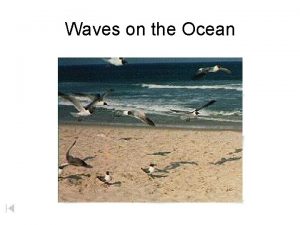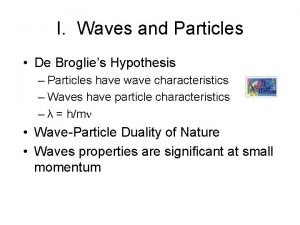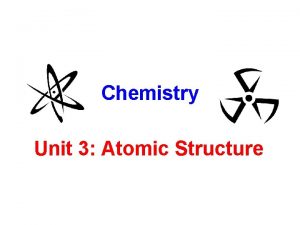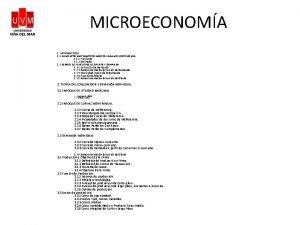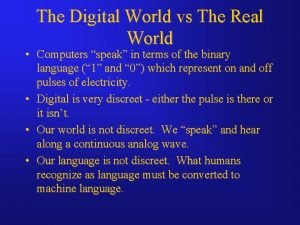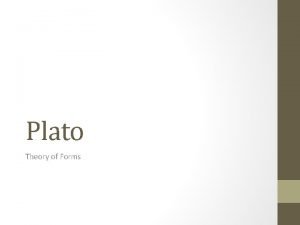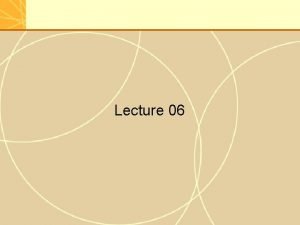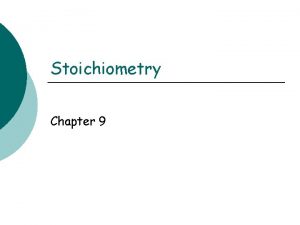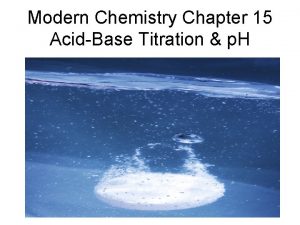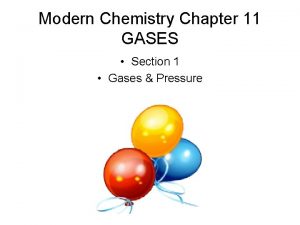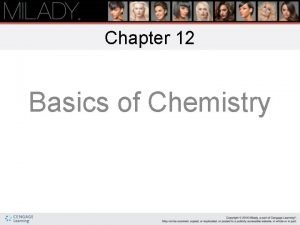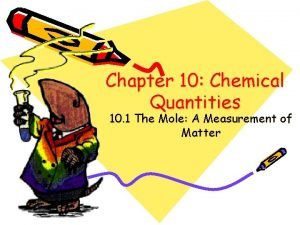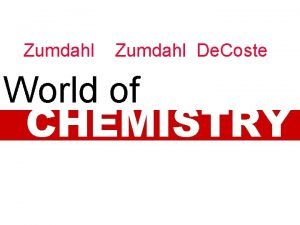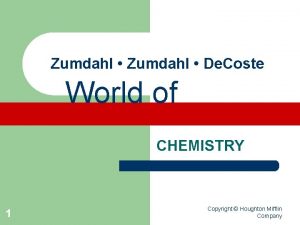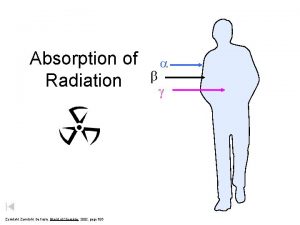Zumdahl De Coste World of CHEMISTRY Chapter 12













































- Slides: 45

Zumdahl • De. Coste World of CHEMISTRY

Chapter 12 Chemical Bonding

Chapter 12 Overview • • • Ionic & covalent bonds & their formation Polar covalent bonds Bond relationships to electronegativity Bond polarity & its relationship to molecular polarity Ionic structures Ionic size Lewis structures Molecular structures & bond angles VSEPR model Copyright © Houghton Mifflin Company 3

Why are graphite and diamonds so different even though they are both carbon? • The carbon atoms are bound differently • Structure & shape very important • Different properties • Reactions • Smell • Taste Copyright © Houghton Mifflin Company 4

Types of Chemical Bonds • • • Bond: force that holds groups of 2 or more atoms together and makes them function as a unit Bond Energy: the energy required to break a bond Ionic Bonding: attraction between oppositely charged ions Ionic Compound: result of metal reacting with a nonmetal Covalent Bonding: bonding where atoms share electrons Polar Covalent Bond: covalent bond where electrons are not shared equally because on atom attracts them more strongly than the other Copyright © Houghton Mifflin Company 5

Figure 12. 1: The formation of a bond between two atoms. Covalent Bond Copyright © Houghton Mifflin Company 6

Figure 12. 2: Probability representations of the electron sharing in HF. Polar Covalent Bond Copyright © Houghton Mifflin Company 7

Electronegativity The relative ability of an atom in a molecule to attract shared electrons to itself • Chemists determine by measuring the polarities of bonds between different atoms • Higher value = higher attraction of electrons • Difference between electronegativity values determines polarity of molecule • • Larger difference = more polar • Smaller difference = more equally shared • If difference is greater than 2 – bond is ionic (electrons are transferred) Copyright © Houghton Mifflin Company 8

Table 12. 1 Copyright © Houghton Mifflin Company 9

Figure 12. 3: Electronegativity values for selected elements. Copyright © Houghton Mifflin Company 10

Figure 12. 4: The three possible types of bonds. (a) Covalent (b) Polar covalent (c) Ionic Copyright © Houghton Mifflin Company 11

Bond Polarity & Dipole Moments • Dipole moment: property of a molecule whereby the charge distribution can be represented by a center of positive charge and a center of negative charge • Represent with arrow pointing toward center of negative charge • All diatomic polar molecules have a dipole moment • Dipole moments strongly effect properties • Polarity of water crucial to life • Allow materials to dissolve in water (attract + & -) • Water molecules attracted to each other (higher boiling point – keeps water in on Earth from evaporating) Copyright © Houghton Mifflin Company 12

Figure 12. 5: Charge distribution in the water molecule. Copyright © Houghton Mifflin Company 13

Figure 12. 5: Water molecule behaves as if it had a positive and negative end. Copyright © Houghton Mifflin Company 14

Figure 12. 6: Polar water molecules are strongly attracted to positive ions by their negative ends. Copyright © Houghton Mifflin Company 15

Figure 12. 6: Polar water molecules are strongly attracted to negative ions by their positive ends. Copyright © Houghton Mifflin Company 16

Electron Configurations of Ions Main group metals form ions by losing enough electrons to achieve the configuration of the previous noble gas (transition metals behavior is more complicated) 2. Nonmetals form ions by gaining enough electrons to achieve the configuration of the next noble gas 1. Copyright © Houghton Mifflin Company 17

Table 12. 2 Copyright © Houghton Mifflin Company 18

Table 12. 3 Copyright © Houghton Mifflin Company 19

Electron Configurations & Bonding Ionic compounds react to form binary compounds with the ions having electron configurations of noble gases 2. When two nonmetals react to form a covalent bond, they share electrons in a way that completes the valenceelectron configurations of both atoms (they attain noble gas configurations). 1. Copyright © Houghton Mifflin Company 20

Figure 12. 8: Ions as packed spheres. Li. F is empirical or simplest formula for Lithium Fluoride Actual compound contains huge & = numbers of Li+ and F- ions packed together Copyright © Houghton Mifflin Company 21

Figure 12. 8: Positions (centers) of the ions. Copyright © Houghton Mifflin Company 22

Figure 12. 9: Relative sizes of some ions and their parent atoms. Cation – always smaller than parent atom Anion – always larger than parent atom Copyright © Houghton Mifflin Company 23

Polyatomic Ions Atoms in ion are held together by covalent bonds • All atoms behave as one unit • Copyright © Houghton Mifflin Company 24

Lewis Structures Bonding involves just valence electrons • Lewis Structure: representation of a molecule that shows how the valence electrons are arranged among the atoms in the molecule • Named after G. N. Lewis – came up with idea while lecturing Chemistry class in 1902 • Copyright © Houghton Mifflin Company 25

Lewis Structures Only include valence electrons • Use dots to represent electrons • Hydrogen and Helium follow duet rule • Octet Rule: eight electrons required – atoms can share • • Bonding pair = shared electrons • Lone pairs/unshared pairs: electrons not involved in bonding Copyright © Houghton Mifflin Company 26

Steps for Writing Lewis Structures Obtain sum of valence electrons from all atoms. 2. Use one pair of electrons to form bond between each pair of atoms (can use line to represent 2 bonding electrons instead of dots) 3. Arrange remaining electrons to satisfy duet or octet rule (there are exceptions to the octet rule) 1. Copyright © Houghton Mifflin Company 27

Multiple Bonds • • • Single bond: 2 atoms sharing one electron pair Double bond: 2 atoms sharing two pairs of electrons Triple bond: three electron pairs are shared Resonance: more than one Lewis structure can be drawn for the molecule Insert multiple bonds to satisfy octet rule Copyright © Houghton Mifflin Company 28

Molecular Structure aka Geometric Structure • 3 -D arrangement of the atoms in a molecule • Example: water molecule • • Bent or V-shaped • Describe precisely using bond angle = 105° for H 2 O Copyright © Houghton Mifflin Company 29

Other Molecular Structures • Linear structure: all atoms are in a line • Example: Carbon dioxide (see pg. 382) • Bond angle = 180° • Trigonal Planar: triangular, planar with 120° bond angles • Example: BF 3 (see pg. 382) • Tetrahedral structure: tetrahedron • Example: methane • Four identical triangular faces Copyright © Houghton Mifflin Company 30

Figure 12. 12: Molecular structure of methane. Copyright © Houghton Mifflin Company 31

Molecular Structure: The VSEPR Model • Structure very important to molecular properties • Determines taste • Biological molecules – structure change can convert cell from normal to cancerous Experimental methods exist for determining 3 -D structure • Useful to predict approximate structure • Copyright © Houghton Mifflin Company 32

VSEPR Model Valence Shell Electron Pair Repulsion (VSEPR) model • Used to predict molecular structure of molecules formed from nonmetals • The structure around a given atom is determined by minimizing repulsions between electron pairs • Bonding & non-bonding electron pairs around an atom are positioned as far apart as possible • Copyright © Houghton Mifflin Company 33

VSEPR Model Rules (see ex pp 384 -386) Two pairs of electrons on a central atom of a molecule are always placed at an angle of 180° to each other to give a linear arrangement • Three pairs of electrons on a central atom in a molecule are always placed 120° apart in the same plane as the central atom – trigonal planar • Four pairs of electrons on a central atom are always placed 109. 5° apart - tetrahedral • When every pair of electrons on central atom is shared, the molecular structure has same name as the arrangement of electron pairs • • 2 = linear, 3 = trigonal planar, 4 = tetrahedral • When one or more of the electron pairs around the central atom are unshared, the name of the structure is different from that for the arrangement of electron pairs (see table 12. 4 # 4 & 5) Copyright © Houghton Mifflin Company 34

Steps for Predicting Molecular Structure Using VSEPR Model Draw the Lewis structure for the molecule 2) Count electron pairs & arrange them to minimize repulsion (far apart) 3) Determine position of atoms from the way the electron pairs are shared 4) Determine name of molecular structure from the positions of atoms 1) Copyright © Houghton Mifflin Company 35

Example 12. 5: Predicting Molecular Structure using VSEPR Predict structure of ammonia, NH 3 1. Draw Lewis Structure H N H H 2. Count pairs of electrons & arrange them to minimize repulsions (see next) Copyright © Houghton Mifflin Company 36

Example 12. 5: NH 3 has four pairs of electrons around the N atom (3 bonding) – best arrangement for 4 pairs is tetrahedral Figure 12. 13: Tetrahedral arrangement of electron pairs. Copyright © Houghton Mifflin Company 37

Step 3: Determine the positions of the atoms Figure 12. 13: Hydrogen atoms occupy only three corners of the tetrahedron. Copyright © Houghton Mifflin Company 38

Step 4: Determine name of structure Name based on positions of the atoms • Placement of electron pairs determines the structure, but name based on positions of atoms • NH 3 has tetrahedral arrangement of electron pairs, but is not tetrahedral • Structure is trigonal pyramid (one side different from other three) • Copyright © Houghton Mifflin Company 39

Figure 12. 13: The NH 3 molecule has the trigonal pyramid structure. Copyright © Houghton Mifflin Company 40

Example 12. 6: describe molecular structure of water Step 1: draw Lewis structure Step 2: Count electron pairs & arrange to minimize repulsions Figure 12. 14: Tetrahedral arrangement of four electron pairs around oxygen. Copyright © Houghton Mifflin Company 41

Figure 12. 14: Two electron pairs shared between oxygen and hydrogen atoms. Look at only atoms to determine structure Step 3: tetrahedral arrangement of electron pairs, but not atoms – atoms form V -shape Copyright © Houghton Mifflin Company 42

Figure 12. 14: V-shaped molecular structure of the water molecule. Step 4: Molecule is V -shaped or bent Copyright © Houghton Mifflin Company 43

Table 12. 4 Copyright © Houghton Mifflin Company 44

Molecular Structure Involving Double Bonds When using the VSEPR model to predict the molecular geometry of a molecule, a double bond is counted the same as a single electron pair • Four electrons involved in double bond do not act as two independent pairs, but are “tied together” form one effective repulsive unit • Copyright © Houghton Mifflin Company 45
 Zumdahl chemistry, 9th edition notes
Zumdahl chemistry, 9th edition notes C/lambda =
C/lambda = Azimuthal quantum number
Azimuthal quantum number Ion dipole intermolecular forces
Ion dipole intermolecular forces Electron cloud model
Electron cloud model Zumdahl chapter 4
Zumdahl chapter 4 Zumdahl chapter 12
Zumdahl chapter 12 Algoritmo de costo uniforme
Algoritmo de costo uniforme Coste explícito
Coste explícito Coste marginal
Coste marginal Mural uv
Mural uv Il mare di baffin lambisce le coste
Il mare di baffin lambisce le coste Functional groups ib chemistry
Functional groups ib chemistry Inorganic vs organic chemistry
Inorganic vs organic chemistry Ap world history chapter 25 africa and the atlantic world
Ap world history chapter 25 africa and the atlantic world Primate characteristics
Primate characteristics Are oranges old world or new world
Are oranges old world or new world Real world vs digital world
Real world vs digital world The highest of the forms in real world are
The highest of the forms in real world are The changing world output and world trade picture
The changing world output and world trade picture Dangerous world tour
Dangerous world tour The map of the world in the classroom symbolises
The map of the world in the classroom symbolises These children's faces like rootless weeds figure of speech
These children's faces like rootless weeds figure of speech World world
World world The changing world output and world trade picture
The changing world output and world trade picture Is chalk natural or manmade
Is chalk natural or manmade Chemistry chapter 9 stoichiometry
Chemistry chapter 9 stoichiometry Thermodynamic vs kinetic control
Thermodynamic vs kinetic control What is organic chemistry
What is organic chemistry Chemistry chapter 9 stoichiometry
Chemistry chapter 9 stoichiometry Trinitrogen monosulfide formula
Trinitrogen monosulfide formula Modern chemistry chapter 15 review answers
Modern chemistry chapter 15 review answers Chapter 14 review acids and bases section 1
Chapter 14 review acids and bases section 1 Modern chemistry chapter 13 review answers
Modern chemistry chapter 13 review answers Modern chemistry chapter 12 review answers
Modern chemistry chapter 12 review answers Avogadro's law relationship
Avogadro's law relationship Ap chemistry chapter 18 electrochemistry test
Ap chemistry chapter 18 electrochemistry test Chemistry matter and change chapter 7
Chemistry matter and change chapter 7 Chapter 10 study guide the mole
Chapter 10 study guide the mole Chemical equations and reactions chapter 8 review
Chemical equations and reactions chapter 8 review Chemistry chapter 9 chemical names and formulas
Chemistry chapter 9 chemical names and formulas What functional group is ch3
What functional group is ch3 Chapter 24 nuclear chemistry answer key
Chapter 24 nuclear chemistry answer key Chapter 22 review organic chemistry section 1 answers
Chapter 22 review organic chemistry section 1 answers All acids owe their chemical reactivity to
All acids owe their chemical reactivity to Chemistry chapter 10 chemical quantities
Chemistry chapter 10 chemical quantities

